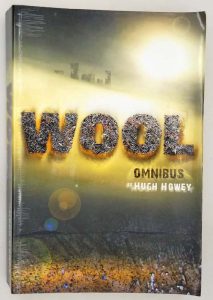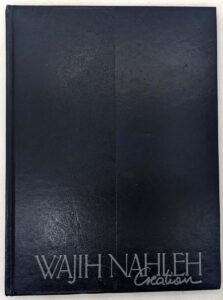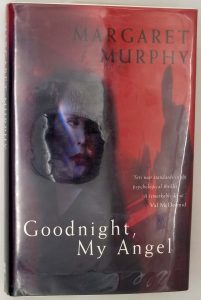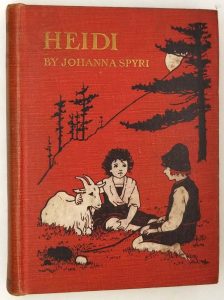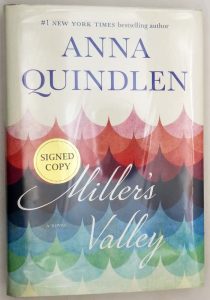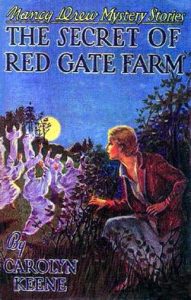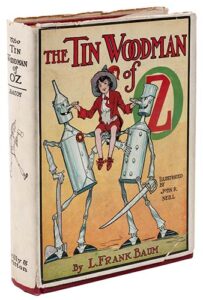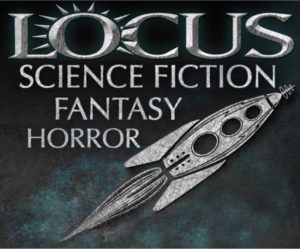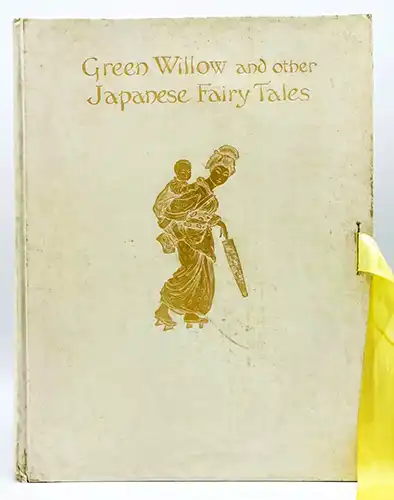
Limited Edition
Green Willow and Other Japanese Fairy Tales (1910), compiled by Grace James and illustrated by Warwick Goble, is a breathtaking fusion of Japanese folklore and Edwardian book artistry. Published by Macmillan & Co., this exquisite volume presents thirty-eight traditional tales through Goble’s luminous watercolors that capture the essence of Japanese aesthetics while retaining his distinctive Western artistic voice. The illustrations shimmer with delicate cherry blossom pinks, pine needle greens, and the pale gold of temple lanterns, each composition carefully balanced like a ukiyo-e print yet infused with Pre-Raphaelite emotional depth. Goble’s treatment of the titular “Green Willow” story is particularly masterful—the tragic spirit maiden seems to float between worlds, her kimono patterns dissolving into willow leaves, while the moon hangs heavy as a Noh stage prop. Throughout the book, his meticulous research into Japanese architecture, textiles, and landscape conventions shines, from the steeply curved roofs of peasant houses to the intricate folding of courtiers’ juni-hitoe robes. The book’s production mirrors this cultural synthesis, with traditional Japanese stab-binding visible beneath the Western-style cloth cover, and Goble’s color plates tipped onto cream paper with the same reverence as precious scroll paintings.
About Warwick Goble (1862-1943):
This English illustrator became the preeminent Western interpreter of Eastern tales during the golden age of gift books. Trained at the Westminster School of Art, Goble developed his signature style through early work at The Illustrated London News, where he mastered the art of capturing diverse cultures with ethnographic precision. His breakthrough came with Fairy Tales of the Allied Nations (1916), but this 1910 Japanese collection represents his first full immersion in Asian themes—a passion sparked by studying Utagawa Hiroshige prints at the British Museum. Unlike contemporaries who exoticized their subjects, Goble approached Japanese culture with uncommon respect, consulting Japanese art students in London to ensure accurate details in kimono folds and samurai armor. Beyond this masterpiece, his The Water Babies (1916) and Stories from the Pentamerone (1911) established him as Britain’s foremost illustrator of global folklore. Goble’s ability to balance decorative beauty with narrative power—seen here in scenes like the moonlit fox wedding or the dragon’s pearl transformation—made him the natural choice to visualize James’ collection. This 1910 work marked a turning point in Western perceptions of Japanese tales, proving they could be presented with both authenticity and artistic sophistication.
For readers enchanted by this edition, these kindred works may captivate:
• Japanese Fairy Tales (1908) by Teresa Peirce Williston, illustrated by Sanzo Wada – offering authentic Japanese artwork
• The Moon Maiden (1913) illustrated by Goble – continuing his Asian-inspired work
• Old-World Japan (1895) by Frank Rinder – featuring earlier Western interpretations
For a list of illustrations by Warwick Goble available on our site. Please visit our Warwick Goble Illustrated Books Art Gallery.
